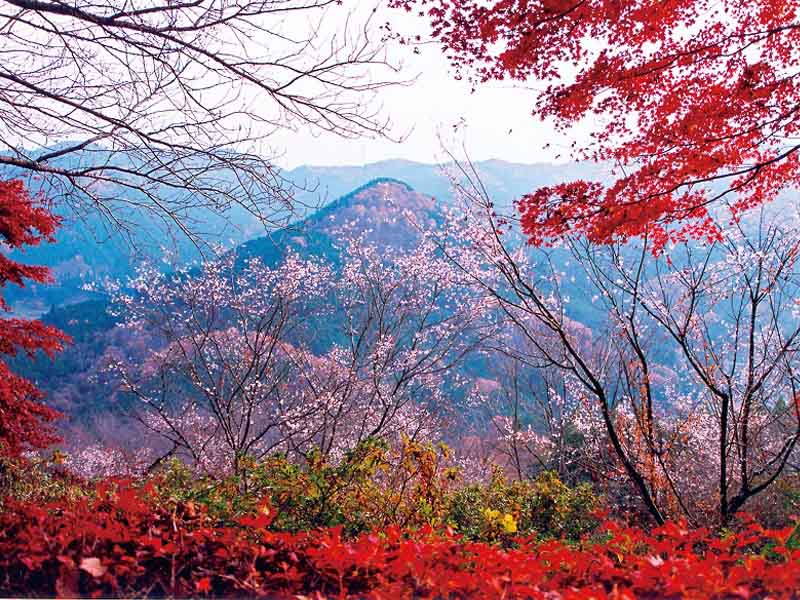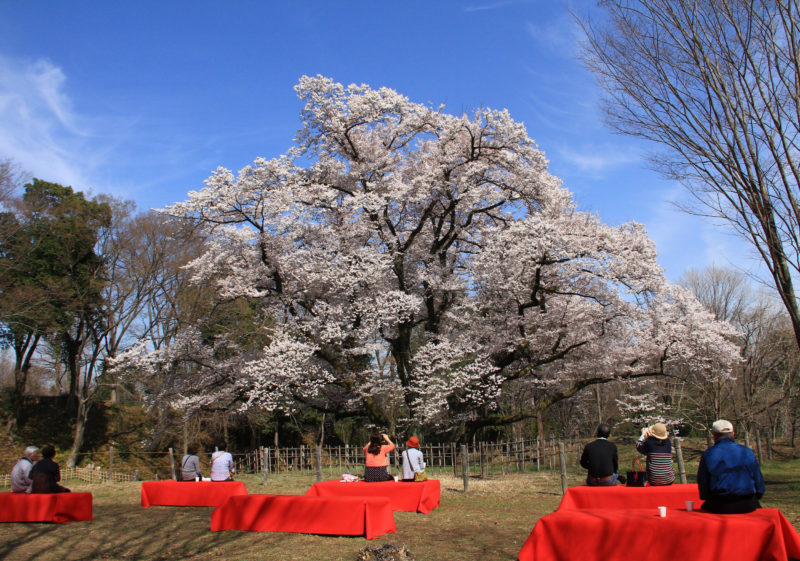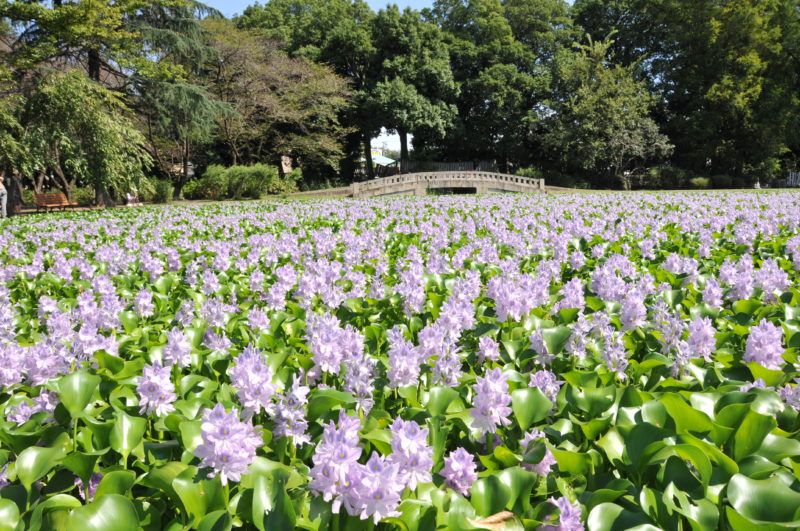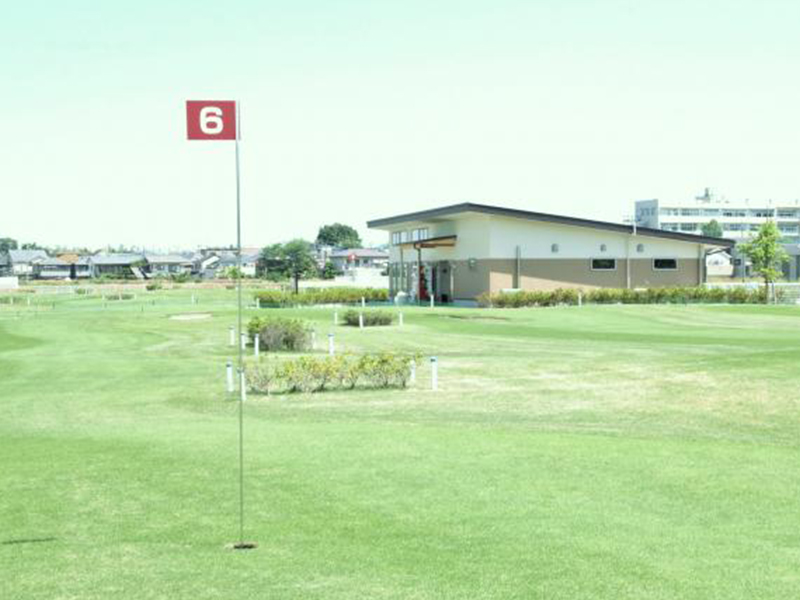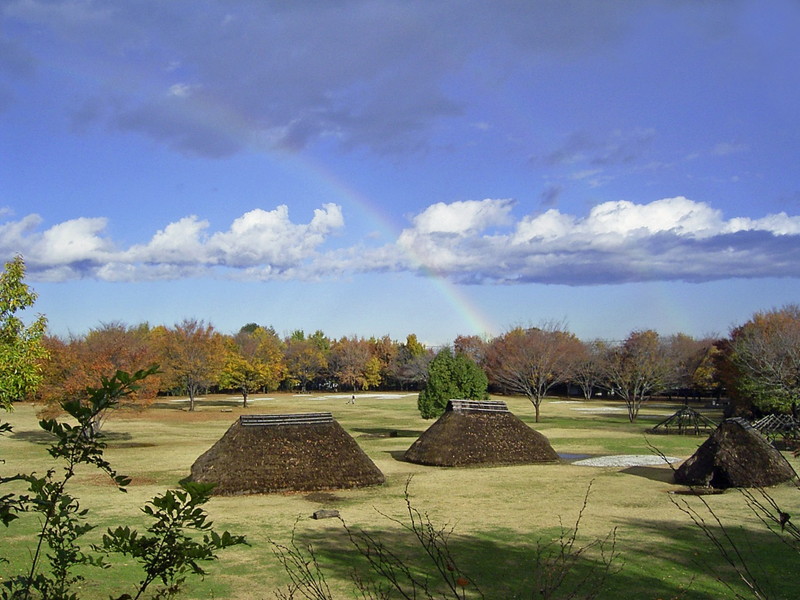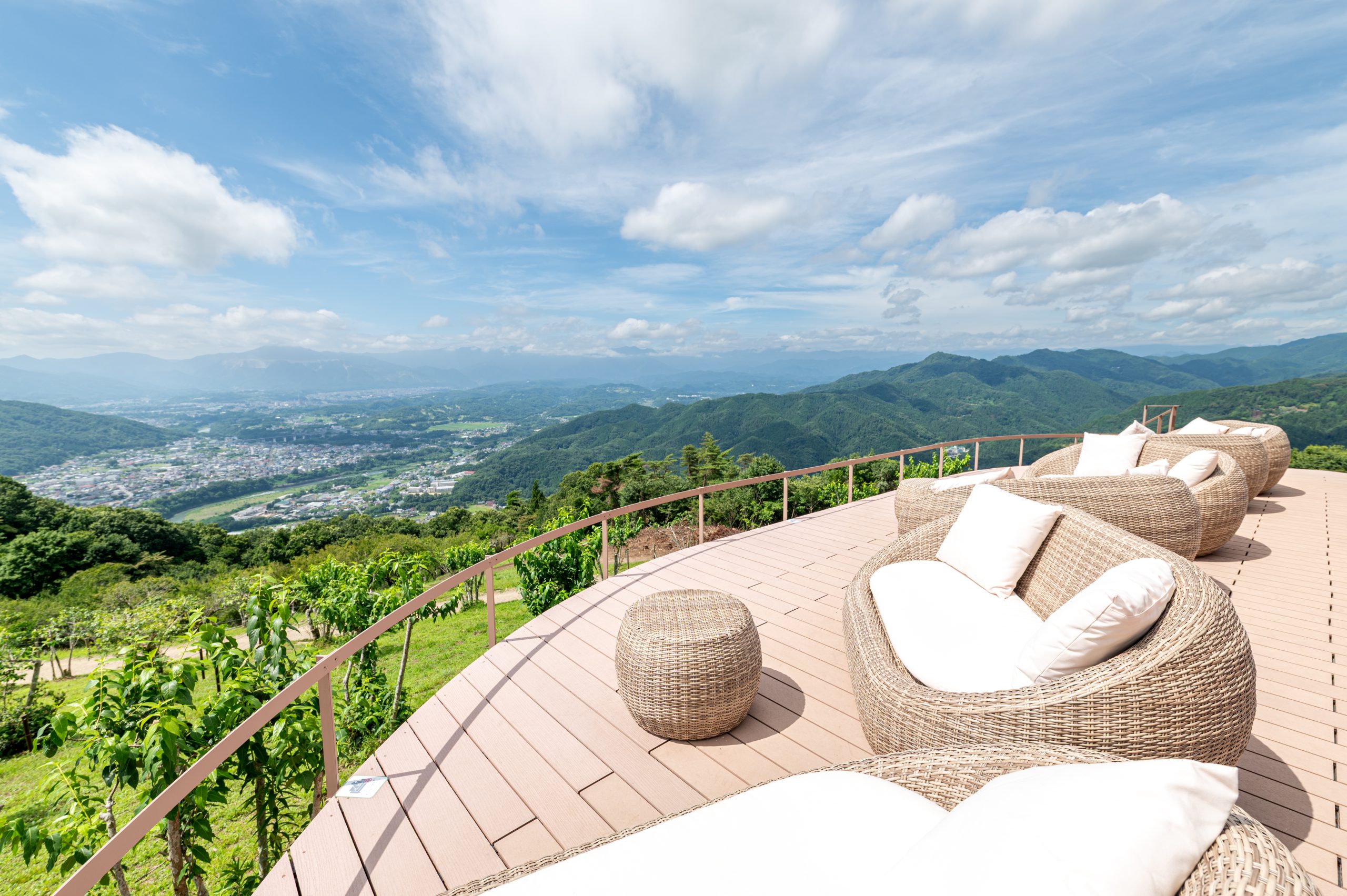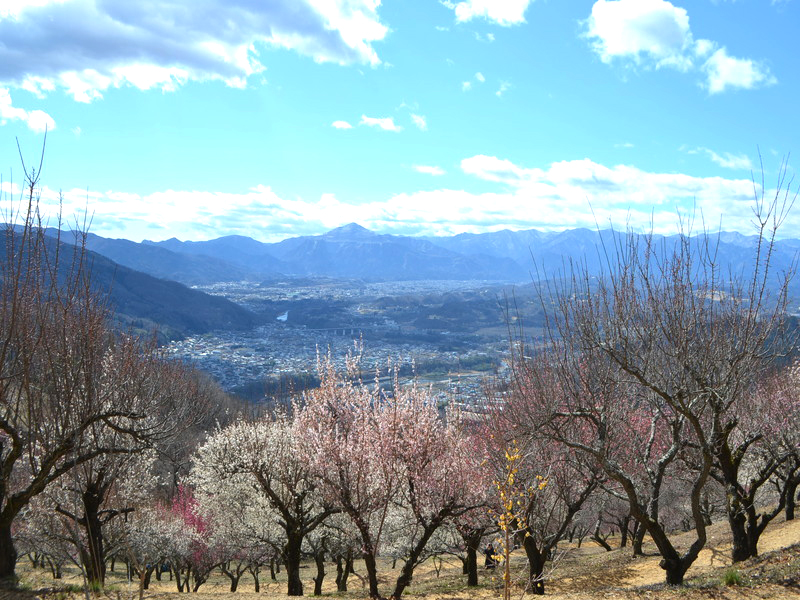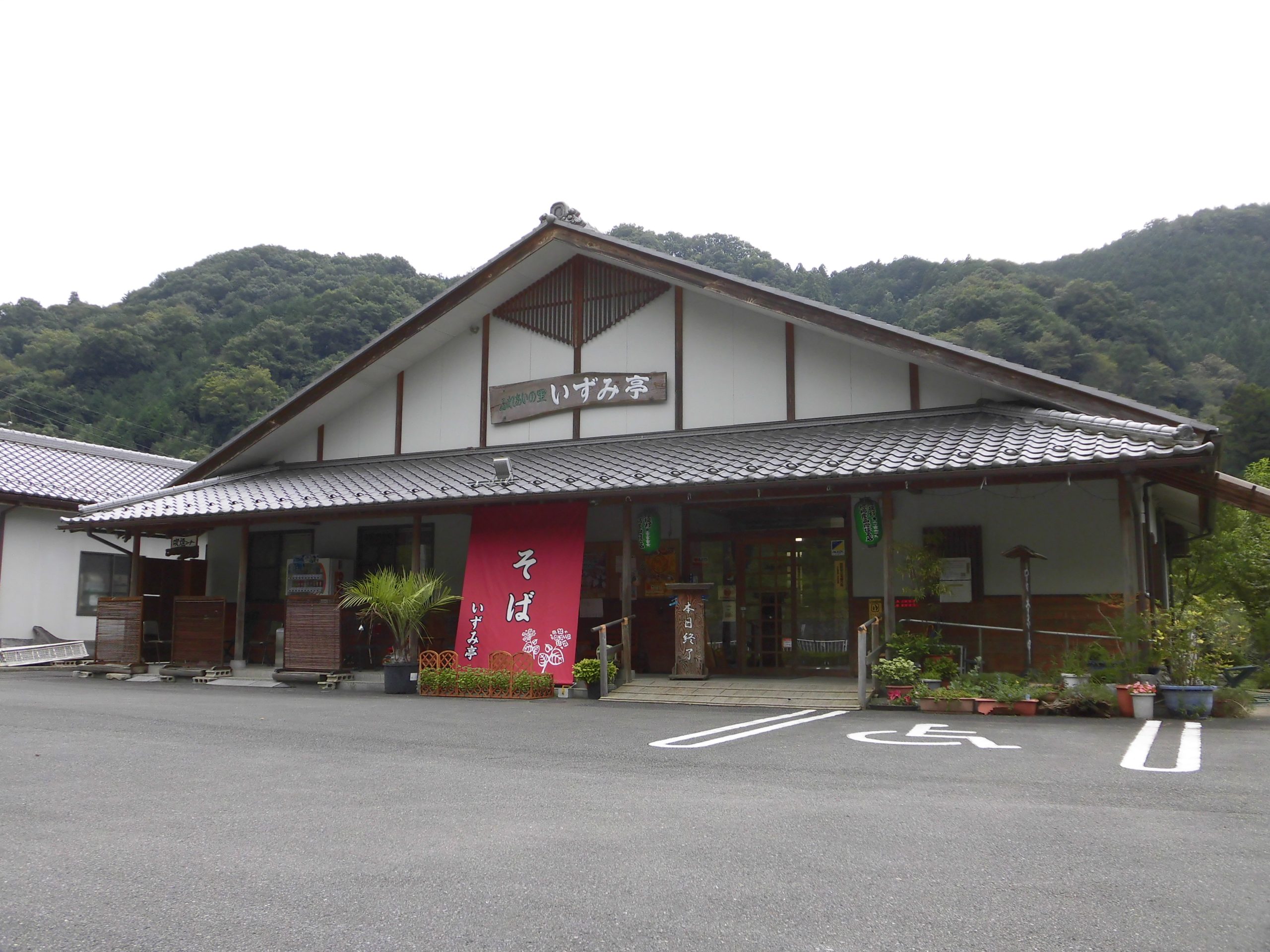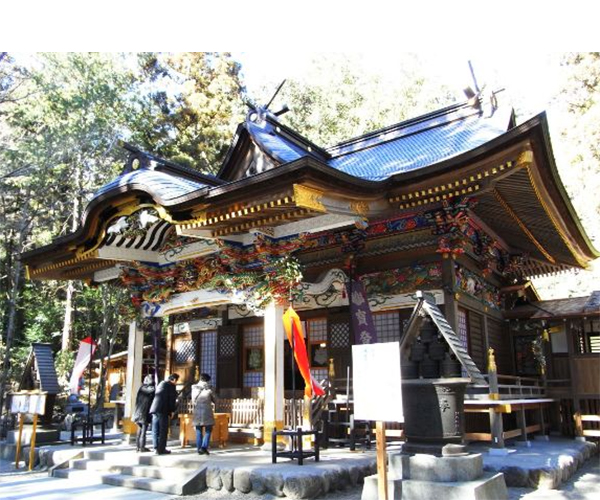Jomine Park
sightseeing
At this park on the Kanto Friendship Trail (Kanto Fureai no Michi), the blooming flowers around the Shimokubo Dam (Lake Kanna), visible from below on the north side, are the delight of many tourists from spring to autumn. In addition, around 600 rare winter cherry trees blooming in the park from late October to early December create a very special atmosphere. There are also campsites, restaurants, souvenir shops, BBQ areas, observation decks, and more. It's the perfect place to enjoy a day of fun with the family!
Basic Information
Location
1277 Yano, Kamikawa-cho, Kodama-gun, Saitama Prefecture
TEL
0495-77-0703(Economic and Tourism Division)
Event Information
Yae Sakura from late April to early May / Winter Sakura from late October to mid-December
Business hours / Fee
Business hours
8:30~17:00
How to get there
Public transport
45 minutes by bus from Honjo Station on the JR Takasaki Line, take the Asahi Bus from the south exit, get off at the end point Kamikawa-cho Kamizumi General Branch, 20 minutes by bus from Kamikawa-cho Kamizumi General Branch, get off at the Asahi Bus end point, change to the town bus, get off at Jomine Park
Parking
Free


